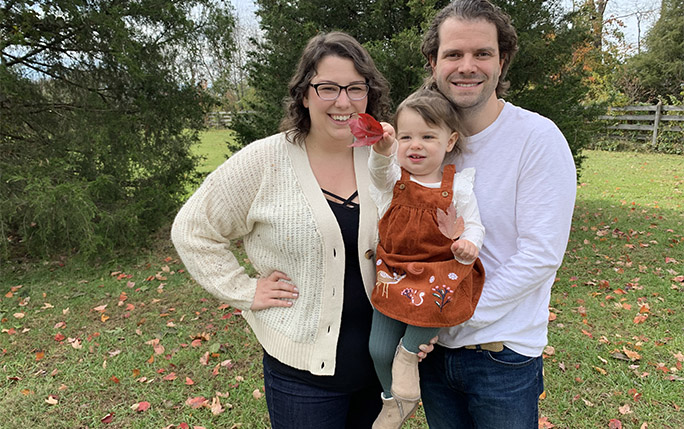AVA Fellow Interviews – Spotlight on Jeffrey Klimes

Now the formal period of the project has come to an end, this is a good moment to look back at the Fellows’ time with AVA. We have asked the Fellows a few questions as part of the AVA Spotlight Interview series; this will give you a more personal insight into their motivation, achievements and outlook. For this interview we have spoken with Jeffrey Klimes who joined the AVA network at GSI / University of Heidelberg (Germany) in May 2018. During his Fellowship he was working on the ARTEMIS experiment, which focuses on the measurement of nuclear magnetic moments in highly charged ions. His project studied a reservoir trap to deliver single antiparticles to penning trap experiments.
What did attract you to the AVA network? Has it fulfilled your expectations?
“I anticipated the AVA network to be, as its name indicates, an innovative approach to doctoral training. Fortunately, this turned out to be correct. The social and professional experience of AVA, in parallel to the traditional doctoral education at my university and research work at my institution, was both challenging and rewarding. ”
Why did you choose to go to GSI?
“I was attracted to Universität Heidelberg by the many opportunities to work in fundamental physics research with cold stored matter. From there the close association with the ARTEMIS project at GSI was a natural fit while also allowing me to gain more experience working within a larger institution, which I think will be a pervasive experience for many research physicists of my generation. ”
Can you explain in a few words what your project was about and what have you achieved?
“ARTEMIS is a so-called Penning trap whereby exotic matter can be confined for observation. It uses a technique of multiple, simultaneous spectroscopic stimulations to measure the intrinsic magnetic interaction strength of electrons bound in atoms. In the heaviest and most highly charged atoms, such as those produced at GSI, this interaction has few benchmarking measurements for theories of strong-field quantum electrodynamics. Within AVA, the dynamics of ions within a secondary storage trap were studied as well as procedures for extracting them to precision traps for measurements. Such storage traps will likely play an important roll in the near future for end uses at accelerator facilities which produce antimatter. As the production and research of antimatter often need to be decoupled. ”
What has AVA provided you professionally?
“For me AVA was an opportunity to build the skills and connections that are equally important for a research career as scientific rigor. I consider the fellows to be friends as well as peers, and look forward to the seeing how these global connections could be harnessed further in the future. In addition, AVA provided training opportunities of frequency and caliber that I don’t often see among other doctoral students, such as guidance on soft-skills, organizing and hosting scientific workshops, and even opportunities to teach young new scientists. ”
Can you say something about your next career move?
“After AVA I am continuing to work at ARTEMIS, focusing on the injection of externally produced heavy, highly charged ions. This work will culminate for me in May of 2022 with a beamtime where the first ions from the accelerator facility will be trapped in ARTEMIS as well as the subsequent defense of my dissertation.
From there I plan to look for post-doctoral research positions in North America, continuing to study fundamental physics in particle traps.”
What will be your most cherished memory from AVA?
“I actually joined AVA relatively late compared to most of the other fellows in the network. By the time I met many of them at CERN for the first physics school, there were established roles, connections, and even friendships. Nonetheless, I was immediately welcomed among them. The thing that I will remember the most will be, my friends, the fellows. ”